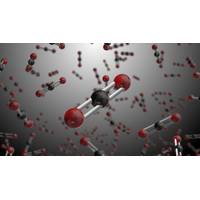
Vycarb Launches CO2 Removal Pilot in New York Waterway
Vycarb, a CO2 removal and storage technology company, has launched a pilot operation in New York City’s East River through the Brooklyn Navy Yard Development Corporation’s Yard Labs program.The pilot aims to demonstrate how the Vycarb system, deployed on the waterfront of the Brooklyn Navy Yard, can enable permanent, low-cost and fully-measured carbon capture, removal, and storage using water and minerals.The system will remove and store 100 tonnes per year when fully operational.Vycarb says that because most natural approaches to carbon storage depend on soil and trees, which are vulnerable
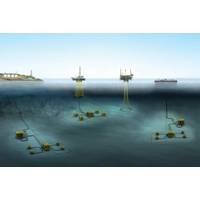
Subsea Digitalization: Remote Control
;s landmark 6,500 tons of subsea gas compression infrastructure for Jansz-Io demonstrates the scale of what is being put on the seabed, but there’s a diversity of other infrastructure under development that will operate alongside traditional production systems.This includes subsea fluid storage technology from NOV Subsea Production Systems, and TechnipFMC and Sulzer Flow Equipment’s subsea CO2 pumps for new high pressure separation technology from Petrobras.Chevron’s landmark 6,500 tons of subsea gas compression infrastructure for Jansz-Io demonstrates the scale of what
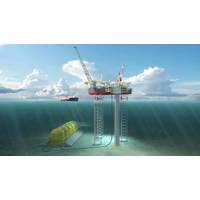
ABS, NOV Collaborating on 'Pioneering' Subsea Storage Solution
American Bureau of Shipping ABS said Wednesday it was providing New Technology Qualification (NTQ) services for pioneering subsea storage technology from NOV.The Joint Development Project (JDP) includes NOV, ABS, Equinor, Shell, The Research Council of Norway and The Net Zero Technology Centre who are working to enable an economical subsea storage solution for the market.According to the parties involved, the subsea technology brings a new and unique solution for the safe storage of larger volumes of fluids such as enhanced oil recovery (EOR) chemicals, production chemicals, oil, condensate, and
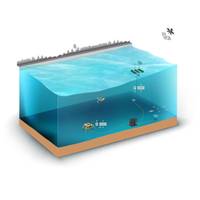
Energy @ Sea: Powering Up in the Blue Desert
systems and achieve the UN Sustainable Development Goals. The challenges poised by underwater energy production and storage include increasing pressure at depth—but IIASA sees this as an opportunity to be harnessed instead. Research scholar Julian David Hunt explained the Buoyancy Energy Storage Technology (BEST), which can be used to store intermittent energy.The concept is based on pumped energy storage systems, which usually consist of floating platforms near wind farms and a motor/generator on the sea floor. “BEST consists of anchoring a cube made of a series of segmented pipelines
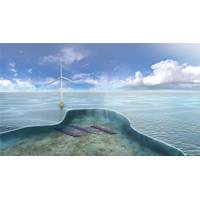
What's In Store for 2021? More Remote, More Data, More Autonomy
energy agenda in the past 12 months and it’s likely to be there for some time. TechnipFMC hasn’t missed this and, as part of a consortium with Sintef, Energy Valley, and the Ocean Hyway Cluster in Norway, it’s developed Deep Purple, a wind-powered subsea hydrogen production and storage technology, complete with fuel cells to provide power when required. This could be used at offshore platforms, but also remote islands, for ship refueling offshore, and simply for hydrogen export.> Underwater CO2 trucksMore of a mid-long-term vision is Equinor’s vision to use a “large subsea
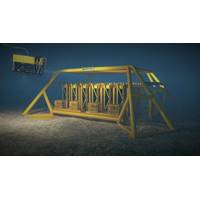
New Subsea Storage Technology Introduced
In January of this year, Dutch subsea technology company Seatools completed an R&D program on a subsea liquid storage technology. During the program – a continuation of an earlier engineering study performed on behalf of Statoil Petroleum AS – the storage technology passed a full product qualification test program and will now be applied at a Pile Installation Frame operated by Seaway Heavy Lifting. The oil and gas industry’s shift toward seabed positioning of (pressure-balanced) equipment like pumps, compressors, and related power grids that can compromise switch gear
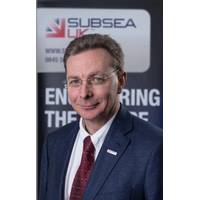
NSRI Workshop to Tackle Subsea Storage Challenges
which will speed up the shift from costly surface platforms to subsea plants which will be more cost-effective and enable recovery from smaller, harder to reach fields. Technology developers and the wider industry will come together to address the challenges in commercializing new subsea storage technology and discover ways to progress concepts through to infield implementation. Industry professionals from across the country will share their knowledge and experience during a series of presentations on subsea storage issues, flow assurance, and the transportation of fluids. NSRI will lead

Safe Software & CARIS Partner to Ameliorate CSAR Framework
the CARIS Spatial Archive (CSAR) raster format for gridded bathymetry and elevation data will be included in FME 2014, available already in the beta and scheduled for official release in January 2014. As a result of this collaboration, FME users will now have direct access to the cutting edge data storage technology designed by CARIS for efficient storage and visualization of high volume raster data. FME 2014 can now read and write CSAR raster files, and can also read raster data directly from CARIS Bathy Database (BDB), allowing CSAR rasters to be transformed and manipulated in FME workflows. &ldquo
FuelCell Energy Wins US Navy UUV Contract
FuelCell Energy Hybrid SOFC-Battery power system is attractive for underwater vehicle applications as its high efficiency minimizes usage of both stored fuel and oxygen in the confined spaces available onboard the vehicle. The system achieves air independence by utilizing a unique oxygen storage technology, maintains neutral buoyancy with no discharge of system products and is capable of responding to the peak power demands for a typical Large Displacement Unmanned Underwater Vehicle (LDUUV) as defined by the U.S. Navy. A consortium will work with the FuelCell Energy team to fulfill the program


 February 2025
February 2025





